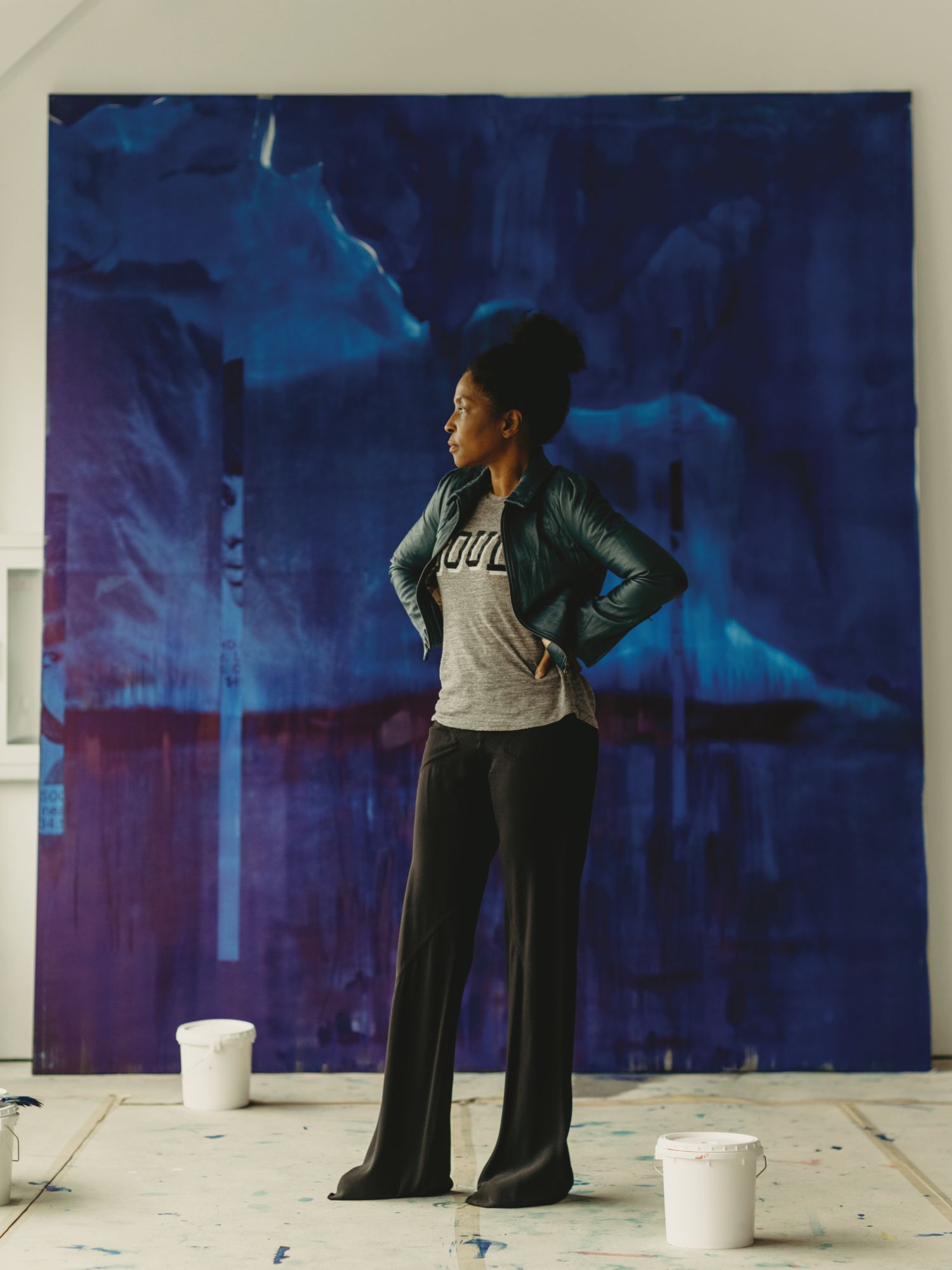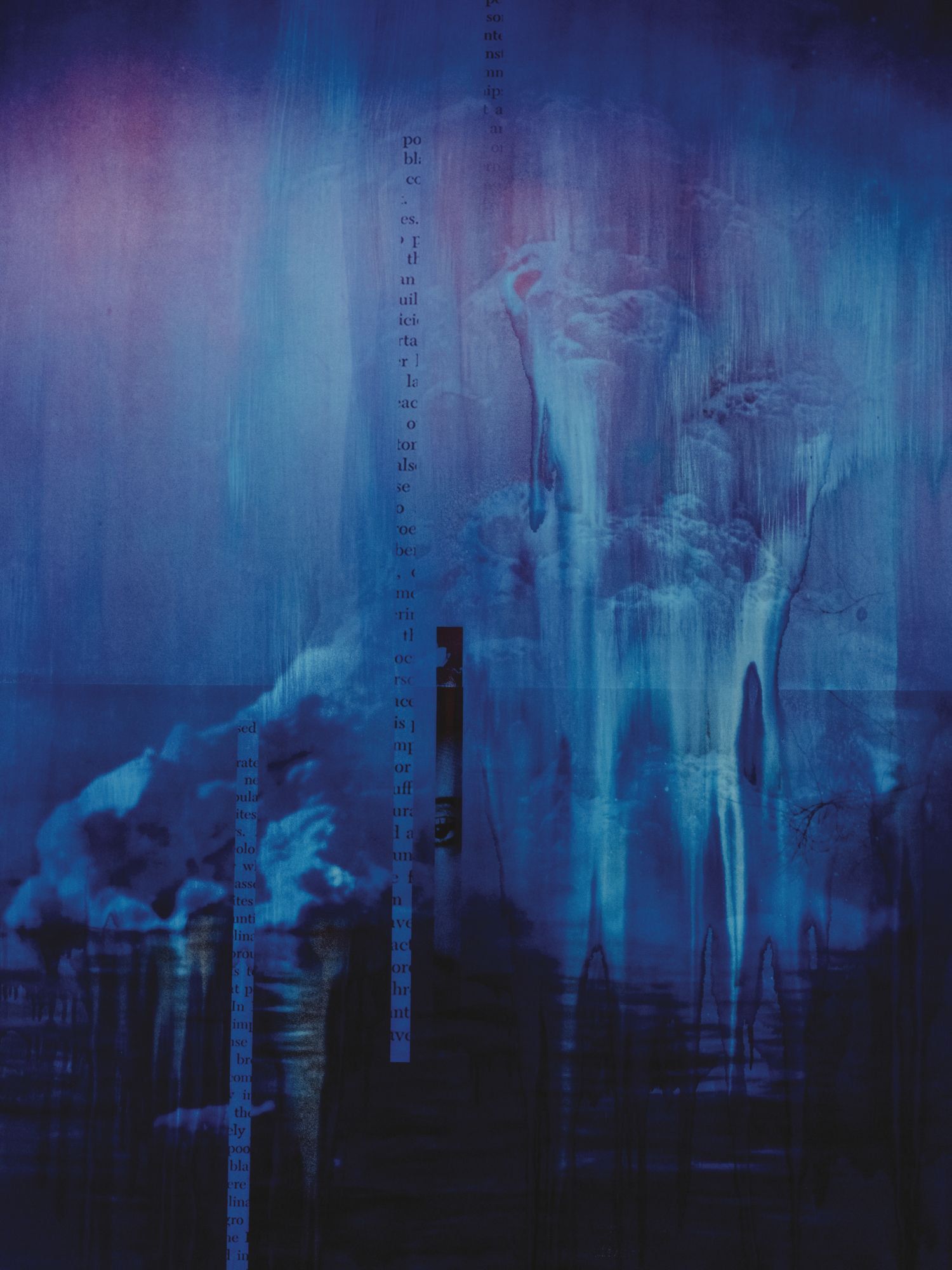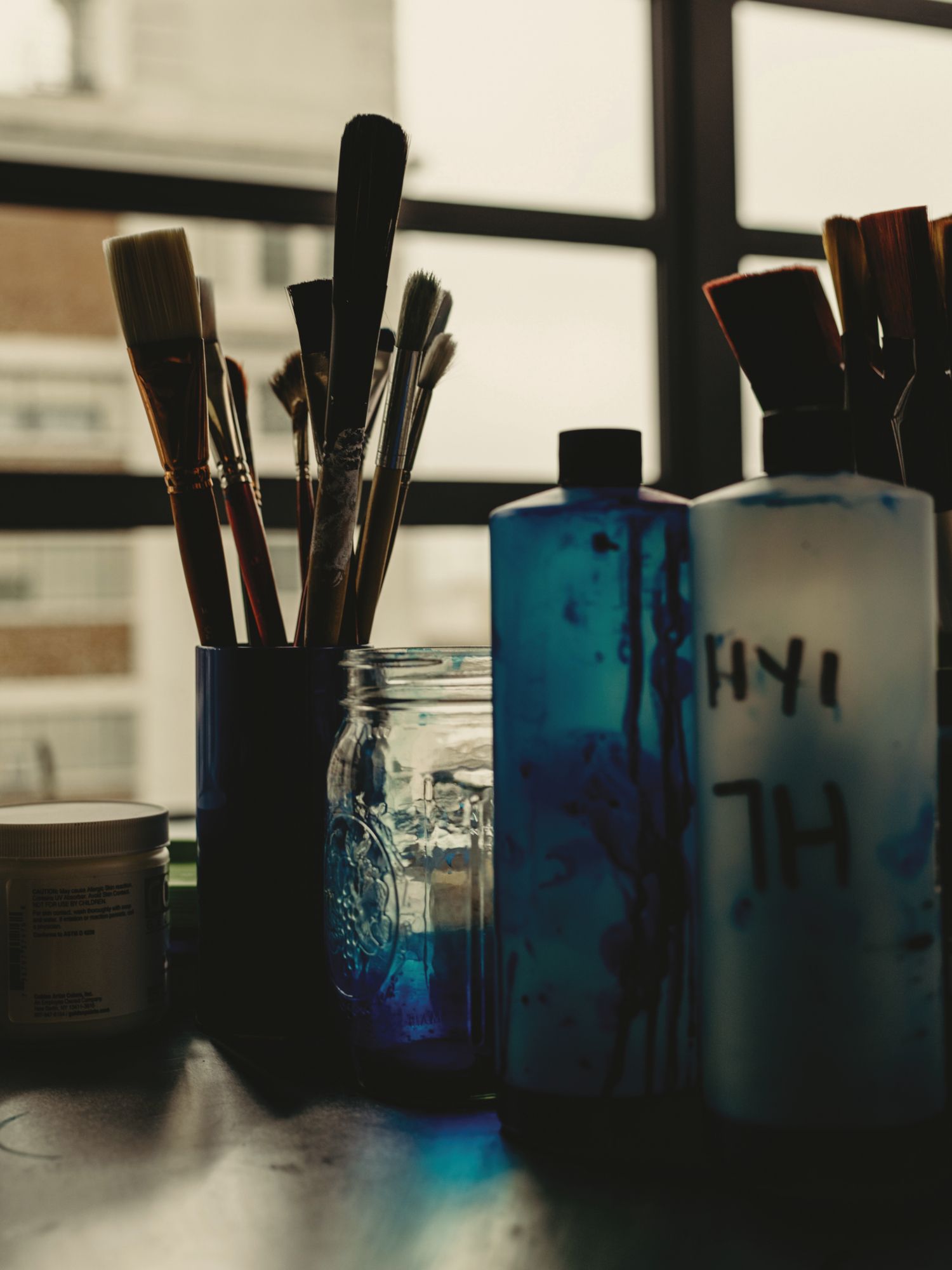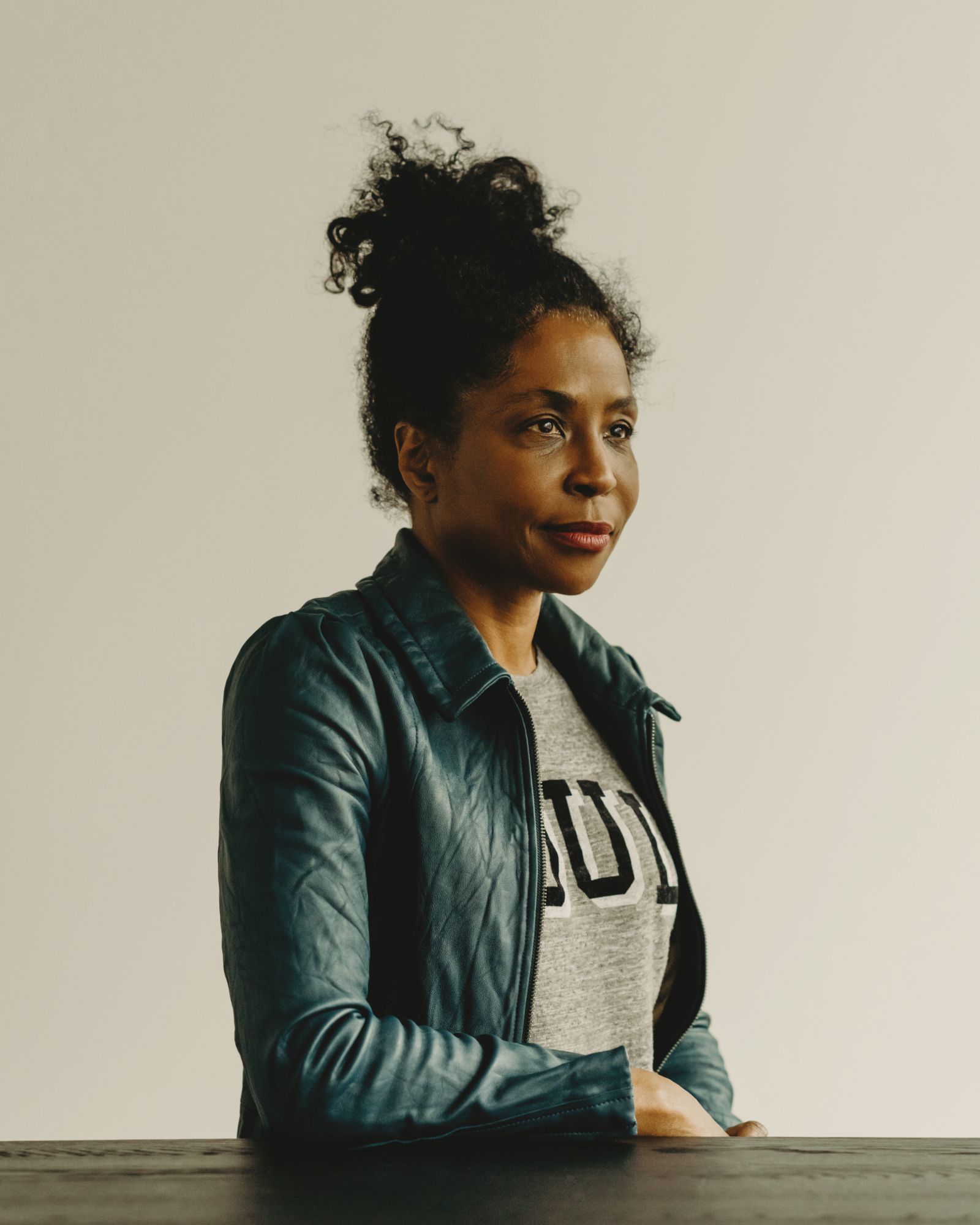On the eve of her exhibition at Hauser & Wirth, African-American artist Lorna Simpson discusses race and politics under the Donald Trump administration—and how his regime has inspired her chilling, biting new work
Lorna Simpson’s studio in New York’s Brooklyn Navy Yard is lined with roughly a dozen eight-foot-tall paintings of vast blocks of ice. The moody landscapes feature towering glaciers and foreboding icebergs floating on a blue-black sea, but when Simpson first exhibited earlier works from the same series, they reminded one gallery-goer of something very different. “Someone said to me, ‘You know, these are very much like traditional Chinese landscape paintings,” recalls Simpson. “What is interesting is that back in college, I did study Chinese landscape paintings. That knowledge must have just stayed in the back of my head and I am playing with it now.”
Since the late 1980s, Simpson, now 59, has been something of a stylistic shapeshifter, playing with media, materials and subjects to explore themes of gender, race and identity, particularly that of African-American women in the US. She’s taken photographs that explore the gender binary, devised films that depict life during the American Civil War and made collages that reference the Black is Beautiful movement—boundary-pushing art that led her to become the first African-American woman to exhibit at the Venice Biennale, in 1990, the same year she became the first African-American woman to have a solo show at New York’s Museum of Modern Art. Her latest paintings, which are being shown this month at Hauser & Wirth in Hong Kong, present wintry landscapes as a metaphor, she says, for the social and political state of the US today—inhospitable, cruel and bleak.


Ice Age
“Ice has all sorts of associations in terms of temperature and isolation,” says Simpson. “But there are also all these different ways ice operates within spoken English.” Being ‘on ice’ is an older term for prison. When you’re on thin ice, you’re in trouble. In the US, ICE stands for Immigration and Customs Enforcement, the federal agency responsible for detaining and deporting immigrants. There are plenty more examples, but polar landscapes haunted Simpson for other reasons, too.
“I was thinking in terms of America’s history of discovery, of discovering new landscapes, of explorers,” she says. She worries the current era is not one of curiosity, but regression, and in an interview in her Navy Yard studio last December, she lay the blame at the doorstep of President Donald J Trump.
“Unfortunately, it’s a very old show—there’s always a spectre of darkness within American history,” says Simpson. “And what Trump is doing in terms of people’s safety and well-being, conjuring up bigotry and racism as a device and strategy to divide and to incite violence, is really, really horrible.”
For Simpson, the political is personal. At a talk at Hauser & Wirth in London in early 2018, soon after ice started to appear in her paintings, she acknowledged her work is not only about the day-to-day practicalities of what is happening in America, “but also the psychological effect”, she said.
See also: Online Festival We Are One Offers 10 Days Of Films, Talks, Musical Performances And VR Experiences





